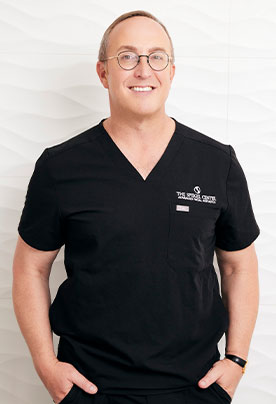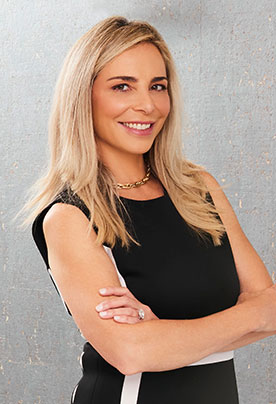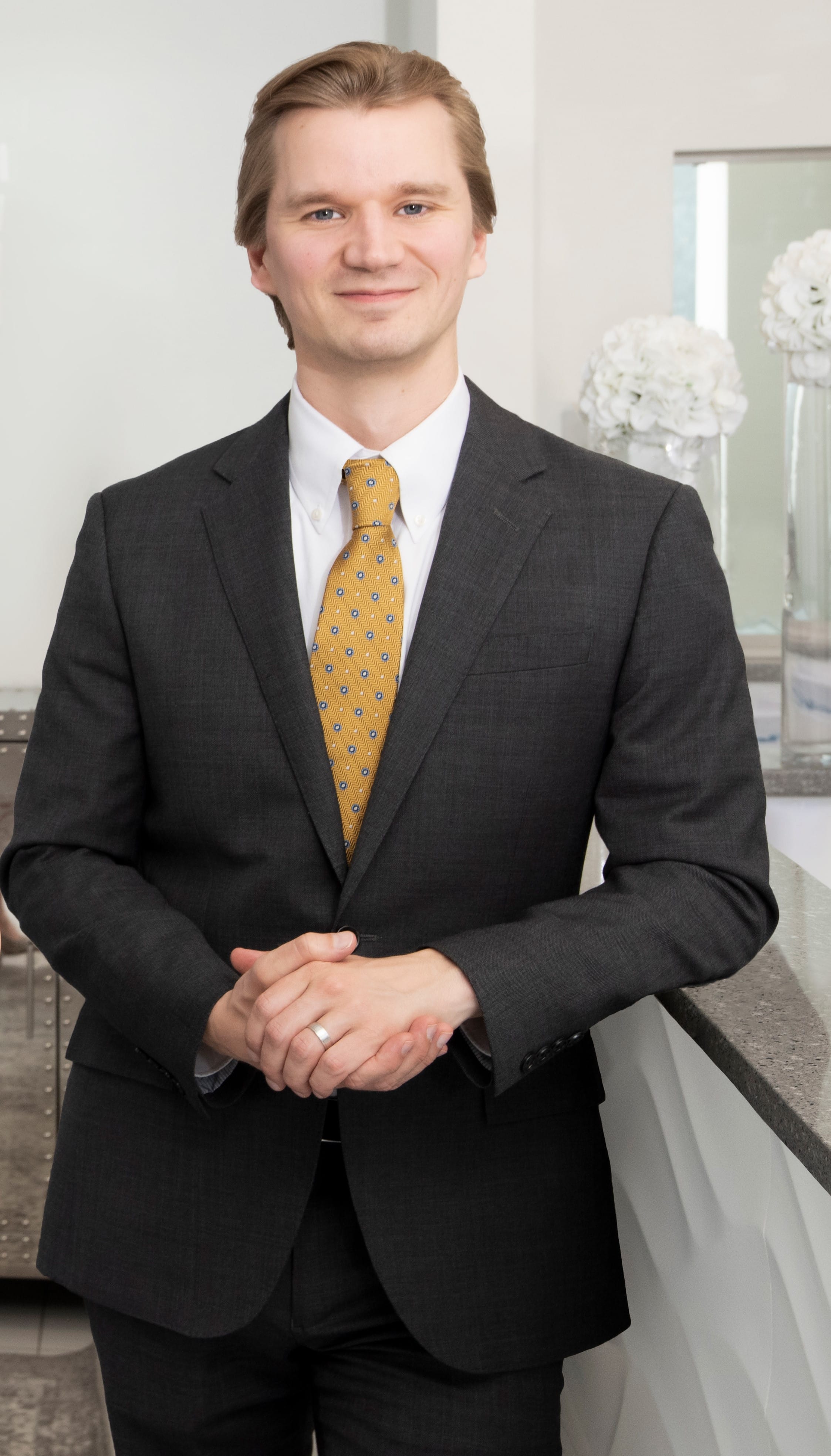
The nasal valve is the narrowest part of the airway in your nose. When there is a nasal valve collapse, that means there is a weakness or the further narrowing of the nasal valve. Any alterations made to the structure of the nose that affects the nasal valve area can result in increased resistance to breathing or even block airflow to the nose. This is because the nasal valve is such a narrow area of the nose.
A rhinoplasty is a type of plastic or cosmetic surgery that helps to reshape the contours of the nose. Rhinoplasty can help change the shape, size, or proportions of your nose. It may be performed to repair any deformities or abnormalities from an injury, improve or correct some breathing difficulties, or correct a birth defect.
Causes For Nasal Valve Collapse
The primary causes of a nasal valve collapse are:
- A previous rhinoplasty (or plastic surgery that is done on the nose), including a “hump removal.”
- A deviated septum that usually occurs as a result of blunt trauma (injury) to the nose.
- Trauma or rhinoplasty/nose surgery can also cause the collapse of the nasal valve as a result of inflammation, enlarged tissue, or possibly the formation of scar tissue.
Rhinoplasty surgery and/or trauma to the nose are the most common causes of nasal valve collapse. However, a nasal valve collapse can also occur without any injury/trauma or history of surgery done on the nose.
It can also be the result of certain genetic or inherited facial/anatomical characteristics passed down from generations. For example, a very round or sharp nose, an over-projecting nose, or one with a wide columella. Other types of congenital conditions can also result in a collapsed nasal valve.
You are more likely to develop a nasal valve collapse as you get older. This is because the natural process of aging may naturally weaken the structures of your nose that make up the nasal valve.
Revision Rhinoplasty
The best way to correct a nasal valve collapse is a revision rhinoplasty. A revision rhinoplasty is a type of plastic surgery designed to help correct/amend any and all things that have gone wrong in the first rhinoplasty, such as a deviated septum, mismatched nostril shapes, and a nasal valve collapse.
In such cases, when a second rhinoplasty or revision rhinoplasty is needed, the experience and skill of the surgeon are extremely important. You should choose a plastic surgeon whom you are comfortable with and who can address your concerns while applying a great deal of attention and care.
A revision rhinoplasty procedure will usually be performed under general anesthesia. During the surgical process, the nose cartilage, and bone are reshaped/corrected, and proper care is taken to preserve/correct the breathing function of the nose.
The procedure is performed on an outpatient basis, but you will need to make sure to have someone available to take you home after. It is also essential for you to get the appropriate amount of rest as you heal.
Patients undergoing this procedure should refrain from taking any prescribed medications, drinking, and smoking in the weeks leading up to the surgery and the time after the surgery. Your doctor will provide you with guidance on how to properly take care of yourself after the surgical process.
Contact Our Office
Making corrections to the nose requires a keen attention to detail and an artistic eye. By working with Dr. Jeffrey Spiegel, you’ll have the hands of a highly skilled double-board-certified plastic surgeon with over 20 years of experience. Contact our office to schedule your consultation today!





